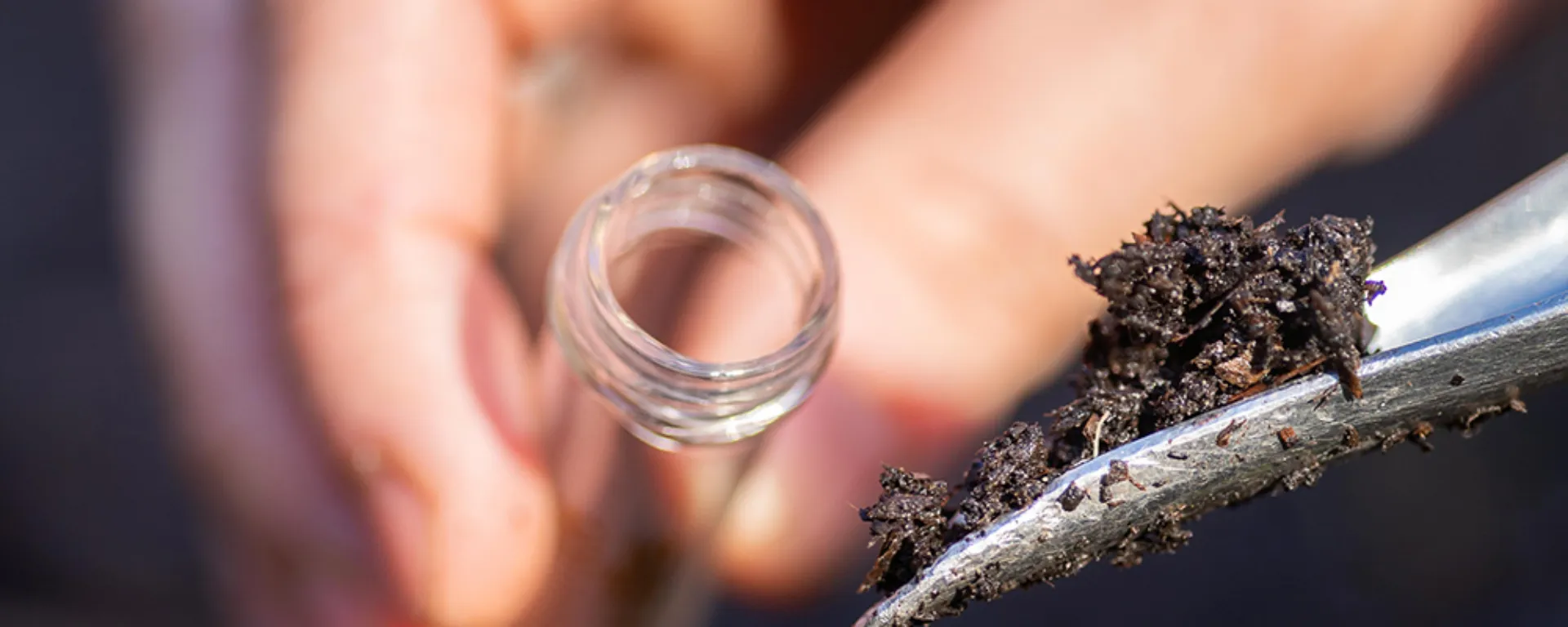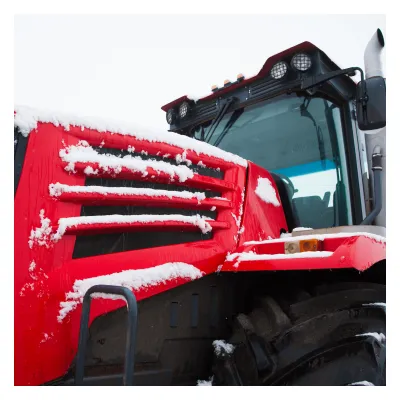Soil fertility
..is important for several reasons. Obviously, it takes fertile soil to grow healthy plants, but what does “fertile” even mean in this context? Glad you asked!
Fertile soil is soil that promotes healthy plant growth with the correct mix of nutrients—think nitrogen, phosphorous, calcium and dozens of others—organic matter and a proper pH level. If everything is just right, your crop has the best chance at producing high yields.
Soil fertility is a very complicated subject and can be difficult to get right without a trained agronomist, but there are a few basic things you can do to get on the right track toward soil fertility.
Sample your soil
Ideally, your soil sampling takes place immediately after harvest. The goal is to understand the nutrients that are present and/or lacking in the soil so you can act accordingly for your next crop. Taking soil samples soon after harvest is important for a few reasons:
- The fields are still workable. The ground is still soft and easy to get around in. Once winter hits, the ground can freeze and you’re out of luck for the season.
- Harvest is fresh on your mind, and you can pay extra attention to the areas of your acreage that didn’t perform well.
- If you discover that your soil pH is off, post-harvest is a great time to apply lime as needed.
Sampling and analyzing your soil soon after harvest gives you the most time and options to adapt and prepare for the next season. As we all know, keeping your windows for action open as long as possible is the best way to succeed.
Correct your pH ASAP
Your plants’ ability to receive nutrients is directly related to the pH levels in your soil. When your sample analysis is concluded, you’ll know whether you need to correct soil pH. A good pH is generally somewhere between 6 and 7 but consult with your agronomist for your specific results.
A low pH means that your soil is too acidic and might prevent your plants from receiving enough calcium and phosphorus, among others. In contrast, a soil with a pH that’s too high becomes alkaline, meaning that your next crop might be deficient in iron, zinc and manganese.
Plant cover crops
Planting a good cover crop can mitigate a lot of issues with soil fertility. Most importantly, cover crops protect the soil against erosion caused by the harsh winds of winter and the floods of spring. But cover crops are also great sources of organic matter that reduces the need for fertilizer. By protecting the nutrients in the soil, there is less of a need to add nitrogen and phosphorus for example. Cover crops don’t cut out the need to fertilize entirely, but it is a good way to protect soil nutrients and from erosion.
If you have any questions about soil fertility, consult an agronomist, and don’t hesitate to reach out to your BONSILAGE rep to understand how that impacts your forage production! You can schedule a chat here. We look forward to hearing from you!



